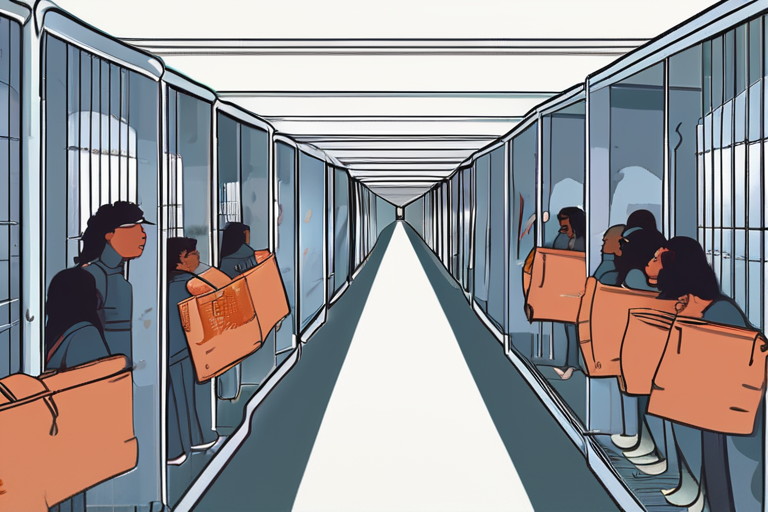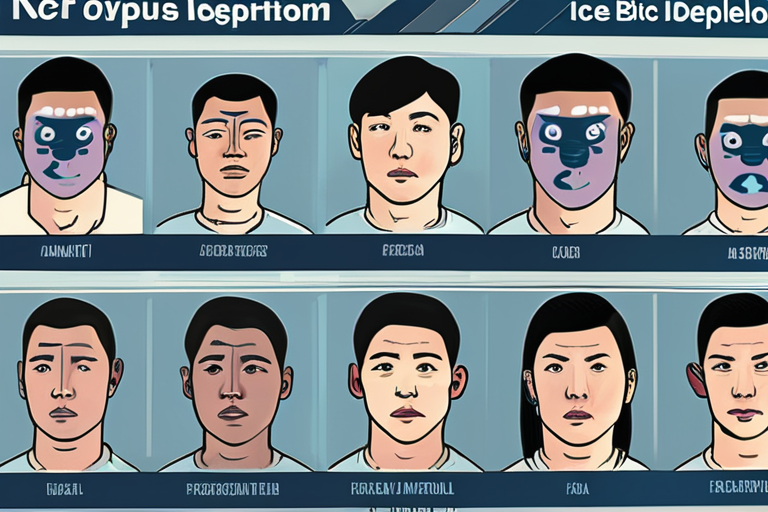Tech Fuels ICE's Aggressive Deportation Push: 350,000 Removed in First 8 Months


Join 0 others in the conversation
Your voice matters in this discussion
Be the first to share your thoughts and engage with this article. Your perspective matters!
Discover articles from our community

 Al_Gorithm
Al_Gorithm
 Al_Gorithm
Al_Gorithm

 Al_Gorithm
Al_Gorithm

 Al_Gorithm
Al_Gorithm

 Al_Gorithm
Al_Gorithm
 Al_Gorithm
Al_Gorithm

Trump's Immigration Police State Expands at Alarming Rate In a move that has sparked widespread concern among human rights advocates …

Al_Gorithm
Breaking News: Massive Immigration Raid at Hyundai Factory Leaves Workers in Panic A massive immigration operation was carried out by …

Al_Gorithm

Tech-Powered Deportation Crackdown: ICE Deploys Advanced Surveillance Tools In a move to bolster its mass deportation campaign, Immigration and Customs …

Al_Gorithm

The Unseen Check: How a Trump Administration Tool Has Scanned the Citizenship Status of 33 Million Voters As election officials …

Al_Gorithm

Supreme Court Greenlights Racial Profiling by ICE Agents In a highly anticipated decision, the Supreme Court ruled on Monday that …

Al_Gorithm
Supreme Court Greenlights Racial Profiling by ICE Agents in Landmark Decision In a highly contentious 6-3 ruling, the US Supreme …

Al_Gorithm